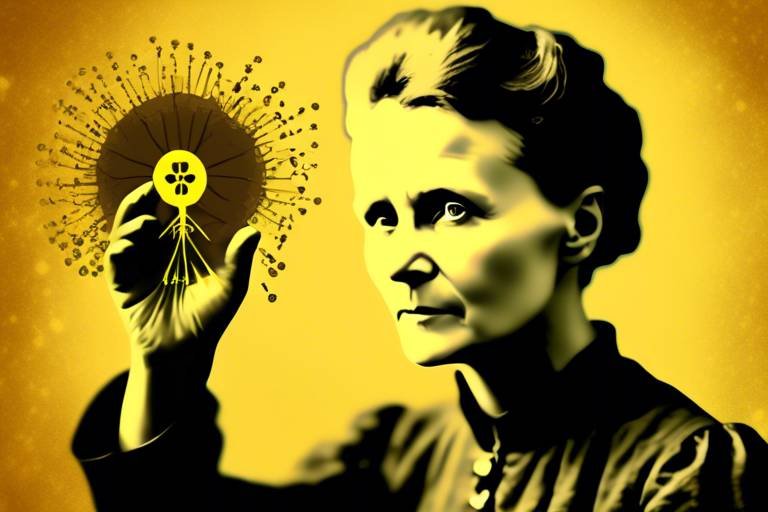Nefertiti: The Powerful Egyptian Queen
Nefertiti, often referred to as the "Powerful Egyptian Queen," stands out as one of the most influential figures in ancient Egyptian history. Her reign alongside Pharaoh Akhenaten during the 14th century BC left a lasting impact on the cultural and political landscape of Egypt. Known not only for her remarkable beauty but also for her significant role in shaping the history of the kingdom, Nefertiti's legacy continues to intrigue historians and enthusiasts alike.
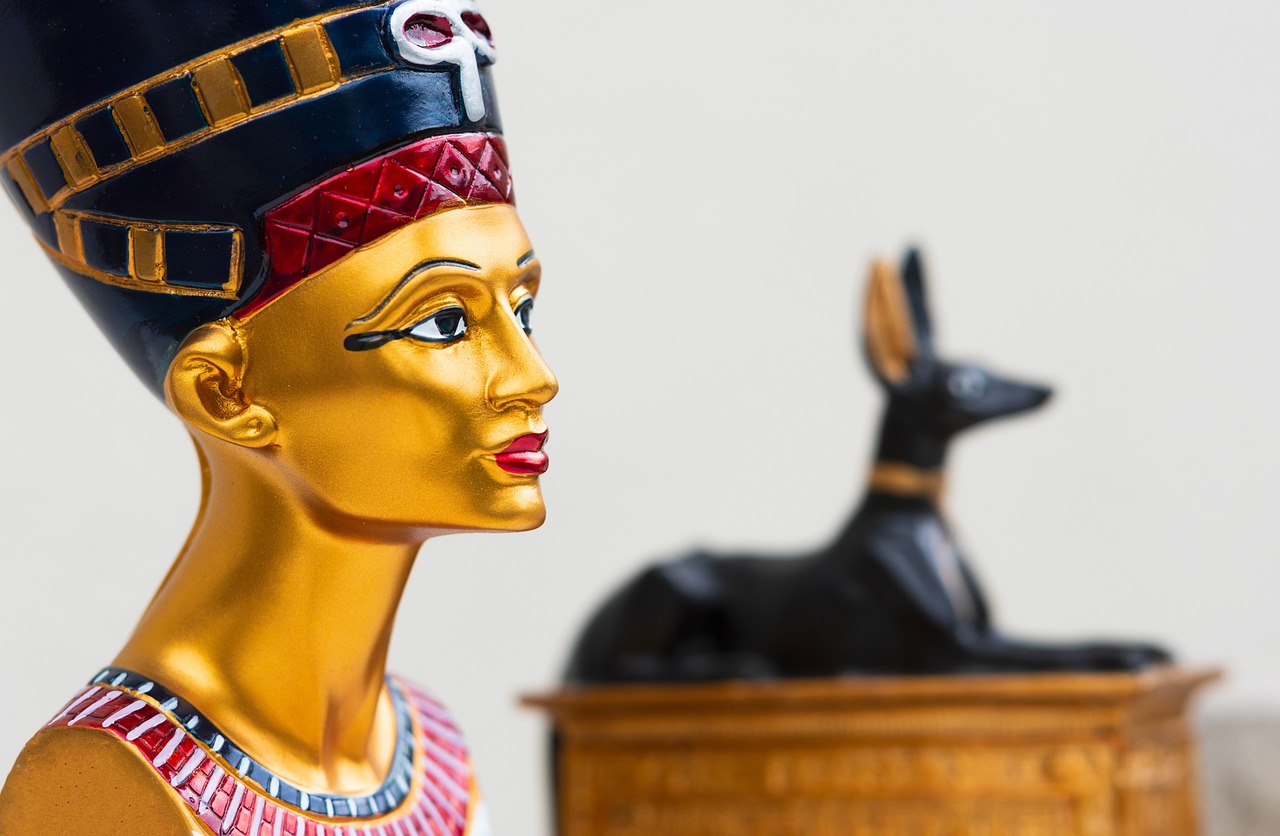
Early Life and Rise to Power
Exploring the life and legacy of Nefertiti, one of ancient Egypt's most influential queens. Known for her beauty, power, and cultural impact, she played a significant role in shaping the history of Egypt during the 14th century BC.
During her early life, Nefertiti's upbringing remains shrouded in mystery, with little concrete information available about her family background. However, historical records indicate that she rose to power alongside Pharaoh Akhenaten, becoming Queen of Egypt and sharing the throne with him. It is believed that her intelligence, charisma, and strategic prowess played a crucial role in her ascent to becoming a prominent figure in Egyptian history.
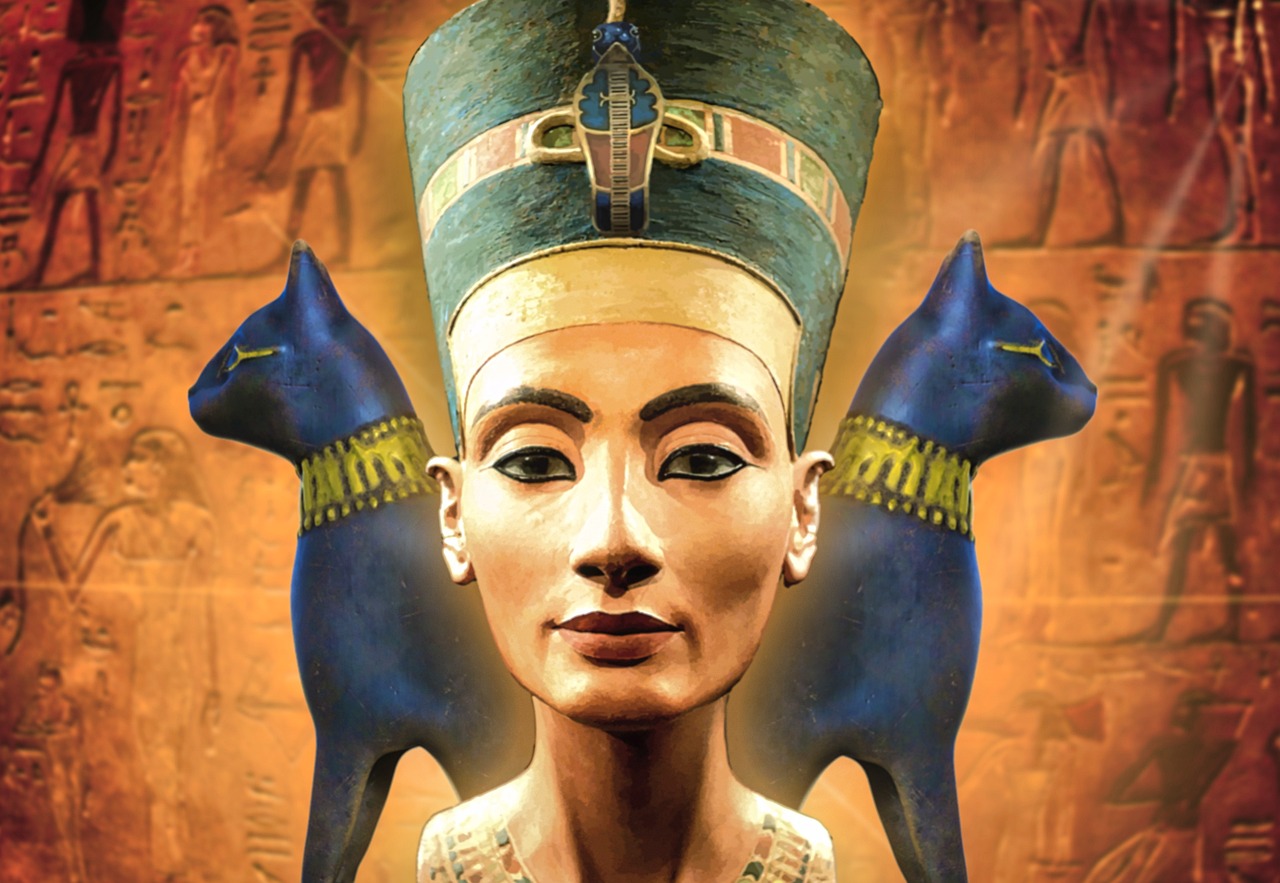
Artistic and Cultural Contributions
Exploring the life and legacy of Nefertiti, one of ancient Egypt's most influential queens. Known for her beauty, power, and cultural impact, she played a significant role in shaping the history of Egypt during the 14th century BC.
When delving into Nefertiti's influence on Egyptian art and culture, it becomes apparent that her impact was profound and far-reaching. As a patron of the arts, she fostered creativity and innovation, leading to a golden age of artistic expression in ancient Egypt. Nefertiti's support for the arts not only enriched the cultural landscape of her time but also left a lasting legacy that continues to inspire artists and historians to this day.
One of the most iconic representations of Nefertiti's beauty is the renowned bust discovered in Amarna, Egypt. This exquisite sculpture captures her regal features with unparalleled elegance, showcasing her as a symbol of grace and power. The bust has become a symbol of artistic excellence and a testament to Nefertiti's enduring influence on Egyptian art.
Furthermore, Nefertiti's religious reforms played a significant role in shaping the cultural landscape of ancient Egypt. By promoting the worship of the sun god Aten, she initiated a religious revolution that challenged traditional beliefs and paved the way for monotheism. Her devotion to Aten and her efforts to establish a new religious order left a lasting mark on Egyptian spirituality and influenced the course of religious history.
In addition to her artistic and religious contributions, Nefertiti's cultural influence extended to the realms of fashion, architecture, and literature. Her sense of style and elegance set trends in ancient Egyptian fashion, inspiring new designs and aesthetic sensibilities. The architectural innovations during her reign reflected her vision of grandeur and beauty, shaping the landscape of ancient Egypt.
Overall, Nefertiti's artistic and cultural contributions were integral to the flourishing of creativity and innovation in ancient Egypt. Her legacy as a patron of the arts, a religious reformer, and a cultural icon continues to captivate and inspire generations, highlighting her enduring impact on the history of art and culture.
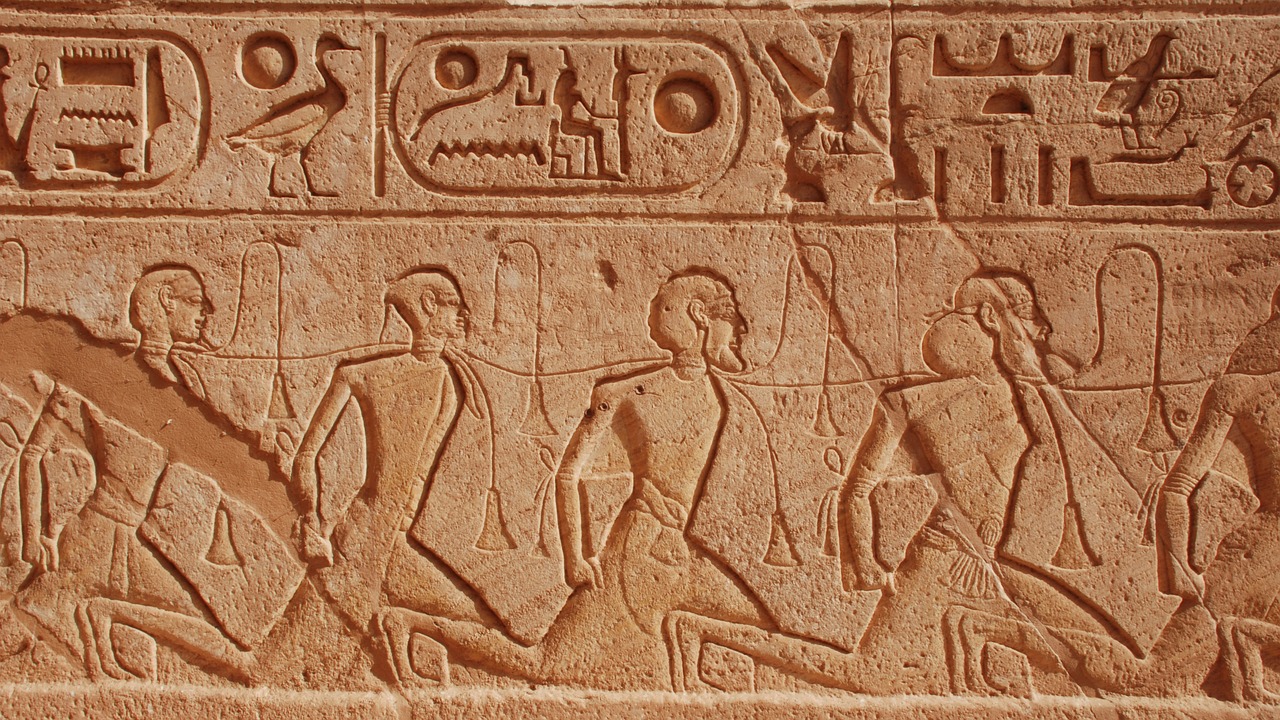
Political Influence and Diplomacy
When delving into the realm of Nefertiti's political influence and diplomatic prowess, one cannot help but be mesmerized by the strategic maneuvers she employed to maintain power and influence within the Egyptian court. Nefertiti's astute understanding of political dynamics allowed her to navigate the intricate web of Egyptian politics with finesse and cunning. Through her diplomatic endeavors, she not only solidified her position as Queen but also ensured the stability of the kingdom during her reign.
One of the key aspects of Nefertiti's political acumen was her ability to forge alliances and cultivate relationships with foreign powers. By leveraging diplomatic channels, she established trade agreements, secured military support, and fostered cultural exchanges that enriched the Egyptian empire. Her diplomatic initiatives not only strengthened Egypt's position on the world stage but also enhanced its economic prosperity and cultural prestige.
Moreover, Nefertiti's political influence extended beyond traditional power structures, as she actively engaged in the decision-making processes of the royal court. Her voice was not only heard but also respected, shaping policies and guiding the direction of the kingdom. Through her keen insight and strategic vision, she steered Egypt towards prosperity and stability, leaving an indelible mark on its political landscape.
Furthermore, Nefertiti's diplomatic finesse was complemented by her charisma and charm, which enabled her to win the hearts and minds of both her subjects and foreign dignitaries. Her ability to bridge cultural divides and foster mutual understanding paved the way for peaceful relations and fruitful collaborations. Nefertiti's legacy as a skilled diplomat and influential political figure continues to inspire admiration and awe centuries after her reign.

Family Life and Royal Court
Exploring the intricate web of relationships that defined Nefertiti's family life and her interactions within the royal court offers a glimpse into the personal side of this powerful queen. At the heart of the royal court, Nefertiti navigated the complexities of courtly politics with grace and tact, solidifying her position as a key figure in ancient Egypt.
At the center of Nefertiti's world was her relationship with Pharaoh Akhenaten. Their partnership was not only political but also deeply personal, shaping the course of Egyptian history. As a mother, Nefertiti's role extended beyond queen to nurturing her children, including the famous Tutankhamun, who would later ascend the throne.
Within the royal court, Nefertiti's influence extended to other members of the Egyptian elite. Her charisma and intelligence garnered respect and admiration, allowing her to wield significant power behind the scenes. Whether hosting lavish banquets or engaging in diplomatic discussions, Nefertiti's presence was felt throughout the court.
Despite the grandeur of the royal court, Nefertiti faced challenges and rivalries that tested her resilience. Intrigues and power struggles were common in the palace, requiring Nefertiti to navigate treacherous waters with cunning and strategic foresight. Her ability to maintain stability within the court while balancing competing interests showcased her skill as a leader.
Amidst the opulence and intrigue of the royal court, Nefertiti's family life provided a grounding force. The bonds she forged with her children and extended family offered moments of solace and joy amidst the demands of ruling a kingdom. These personal connections humanized Nefertiti, revealing a woman who juggled the responsibilities of queenhood with the joys of motherhood.
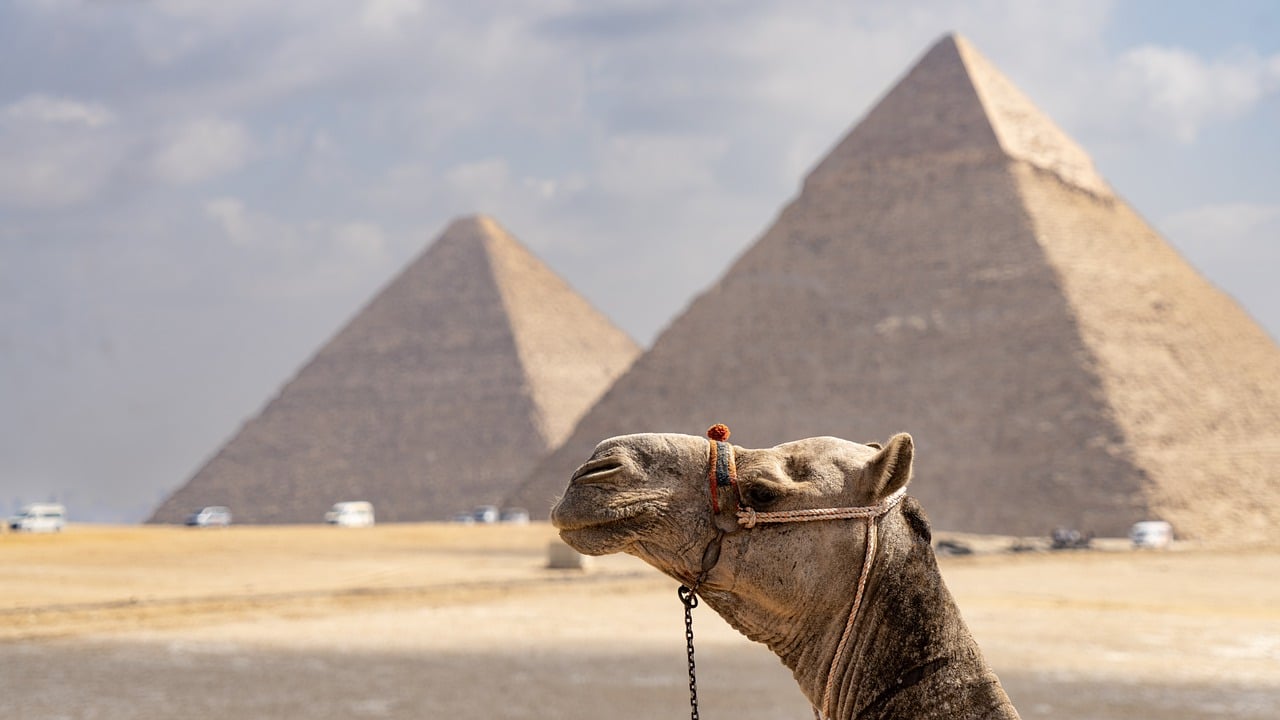
Religious Reforms and Worship of Aten
Exploring the life and legacy of Nefertiti, one of ancient Egypt's most influential queens. Known for her beauty, power, and cultural impact, she played a significant role in shaping the history of Egypt during the 14th century BC.
Discovering Nefertiti's upbringing and how she ascended to become Queen of Egypt alongside Pharaoh Akhenaten. Unraveling the events that led to her becoming a prominent figure in Egyptian history.
Exploring Nefertiti's influence on Egyptian art and culture. Delving into her patronage of the arts, religious reforms, and the iconic bust that immortalized her beauty.
Examining Nefertiti's role in Egyptian politics and her diplomatic endeavors. Uncovering her strategies for maintaining power and her impact on foreign relations during her reign.
Insight into Nefertiti's family dynamics and her interactions within the royal court. Understanding her relationships with Pharaoh Akhenaten, her children, and other members of the Egyptian elite.
Investigating Nefertiti's involvement in the religious revolution centered around the worship of the sun god Aten. Analyzing her influence on the shift from traditional Egyptian beliefs to monotheism.
Exploring the enduring legacy of Nefertiti and the controversies surrounding her disappearance from historical records. Discussing theories about her fate and the impact of her reign on Egyptian history.
Highlighting significant archaeological finds related to Nefertiti, including the discovery of her tomb and artifacts. Examining how these discoveries have reshaped our understanding of ancient Egypt.
Examining Nefertiti's portrayal in modern media, literature, and art. Discussing how she continues to captivate audiences worldwide and remains an enduring symbol of female power and beauty.
Stay tuned for the Frequently Asked Questions section coming soon!

Legacy and Historical Controversies
Exploring the enduring legacy of Nefertiti reveals a figure shrouded in historical controversies and mysteries. Despite her significant influence during the 14th century BC, Nefertiti's disappearance from historical records has sparked numerous debates among scholars and Egyptologists. The lack of concrete evidence regarding her later years has given rise to various theories about her fate and the reasons behind her sudden disappearance.
One of the most debated aspects of Nefertiti's legacy is the question of her succession after the death of Pharaoh Akhenaten. While some believe that she may have ruled as a pharaoh in her own right under a different name, others argue that she simply vanished from the annals of history without a trace. The mystery surrounding her ultimate fate adds an air of intrigue to her already enigmatic persona.
Another historical controversy surrounding Nefertiti revolves around her role in the religious revolution led by Akhenaten, which sought to establish the worship of the sun god Aten as the sole deity. Some historians suggest that Nefertiti played a pivotal role in promoting this monotheistic belief system, while others claim that her influence has been exaggerated over time. The extent of her involvement in the religious reforms and the impact of her beliefs on Egyptian society continue to be subjects of scholarly debate.
Moreover, the discovery of the iconic bust of Nefertiti in 1912 by German archaeologist Ludwig Borchardt has added to the mystique surrounding the queen. The exquisite craftsmanship and beauty captured in the bust have immortalized Nefertiti as a symbol of elegance and grace. However, the circumstances of the bust's excavation and its subsequent relocation to Germany have sparked controversies regarding ownership and cultural heritage.
Despite the controversies and uncertainties shrouding her legacy, Nefertiti remains a captivating figure whose influence transcends time. Her enigmatic persona continues to inspire fascination and intrigue, making her a timeless symbol of female power and beauty in the annals of history.

Archaeological Discoveries and Excavations
Archaeological expeditions have unearthed fascinating discoveries related to the enigmatic Queen Nefertiti, shedding light on her life and reign. One of the most significant findings was the unearthing of Nefertiti's tomb in the Valley of the Kings, a momentous event that captivated historians and archaeologists worldwide. The tomb revealed intricate artifacts, including precious jewelry, statues, and inscriptions that provided valuable insights into the queen's royal status and cultural significance.
Moreover, the iconic bust of Nefertiti, discovered by the German archaeologist Ludwig Borchardt in 1912, stands as a masterpiece of ancient Egyptian artistry. This meticulously crafted sculpture, renowned for its exquisite beauty and craftsmanship, has become synonymous with Nefertiti and continues to mesmerize art enthusiasts and historians alike.
Excavations at the ancient city of Amarna, the capital established by Pharaoh Akhenaten, have also yielded compelling evidence of Nefertiti's influence and role within the royal court. The uncovering of temples, palaces, and administrative buildings has provided valuable clues about the queen's involvement in religious ceremonies, political affairs, and cultural developments during her reign.
Furthermore, the deciphering of hieroglyphic inscriptions and reliefs found in various archaeological sites has enabled researchers to piece together the intricate tapestry of Nefertiti's life and legacy. These inscriptions offer glimpses into her religious beliefs, familial connections, and interactions with other prominent figures of ancient Egypt, painting a vivid portrait of this powerful queen.
The ongoing excavations and research efforts continue to unravel the mysteries surrounding Nefertiti, offering new perspectives on her historical significance and enduring impact on Egyptian civilization. Each discovery brings us closer to understanding the complexities of her reign and the profound influence she wielded as one of ancient Egypt's most iconic queens.

Modern Influence and Popular Culture
Even thousands of years after her reign, Nefertiti continues to hold a significant place in modern culture and media. Her iconic bust, discovered in 1912, has become a symbol of beauty and power, inspiring countless artists, writers, and filmmakers. The allure of Nefertiti's enigmatic smile and regal presence has transcended time, making her a timeless figure in popular culture.
Artistic representations of Nefertiti can be found in various forms, from paintings and sculptures to fashion and jewelry. Her elegant features and distinctive headdress have been reimagined in contemporary art, showcasing her enduring appeal and influence on aesthetic trends. The mystique surrounding Nefertiti's life and legacy continues to captivate audiences, fueling creativity and imagination.
In literature, Nefertiti often appears as a symbol of female empowerment and resilience. Authors draw inspiration from her historical significance, weaving tales of intrigue and power struggles set against the backdrop of ancient Egypt. Through these narratives, Nefertiti's character is brought to life, offering readers a glimpse into the complexities of her reign and the challenges she faced.
Moreover, Nefertiti's impact extends to the world of fashion and beauty, where her image is synonymous with elegance and sophistication. Designers incorporate elements of ancient Egyptian style into their collections, paying homage to Nefertiti's timeless allure. Her influence can be seen in haute couture, accessories, and makeup trends, reflecting a fascination with her iconic beauty and regal demeanor.
Overall, Nefertiti's presence in modern culture serves as a reminder of the enduring power of female leaders and the timeless appeal of ancient history. Through art, literature, and fashion, her legacy lives on, inspiring generations to explore the richness of Egypt's past and celebrate the remarkable achievements of one of history's most iconic queens.
Frequently Asked Questions
- Who was Nefertiti?
Nefertiti was a powerful Egyptian queen who ruled alongside Pharaoh Akhenaten during the 14th century BC. She is renowned for her beauty, influence, and cultural impact on ancient Egypt.
- What were Nefertiti's artistic contributions?
Nefertiti had a significant influence on Egyptian art and culture, particularly through her patronage of the arts and promotion of religious reforms. Her iconic bust, discovered in Amarna, is a testament to her enduring beauty and artistic legacy.
- How did Nefertiti impact Egyptian politics?
Nefertiti played a crucial role in Egyptian politics, utilizing diplomacy and strategic alliances to maintain power. Her influence extended beyond the royal court, shaping foreign relations and domestic policies during her reign.
- What is the legacy of Nefertiti?
Nefertiti's legacy is marked by historical controversies and enduring fascination. Despite her disappearance from records, she remains a symbol of female power and beauty, continuing to captivate audiences and inspire artistic representations worldwide.
- What archaeological discoveries are associated with Nefertiti?
Significant archaeological finds related to Nefertiti include the discovery of her tomb and various artifacts that offer insights into ancient Egyptian culture and her reign. These discoveries have reshaped our understanding of Egypt's history.
- How is Nefertiti portrayed in modern media and culture?
Nefertiti's portrayal in modern media, literature, and art reflects her enduring legacy as a symbol of female strength and beauty. She continues to be a source of inspiration and fascination in popular culture, captivating audiences with her timeless allure.





